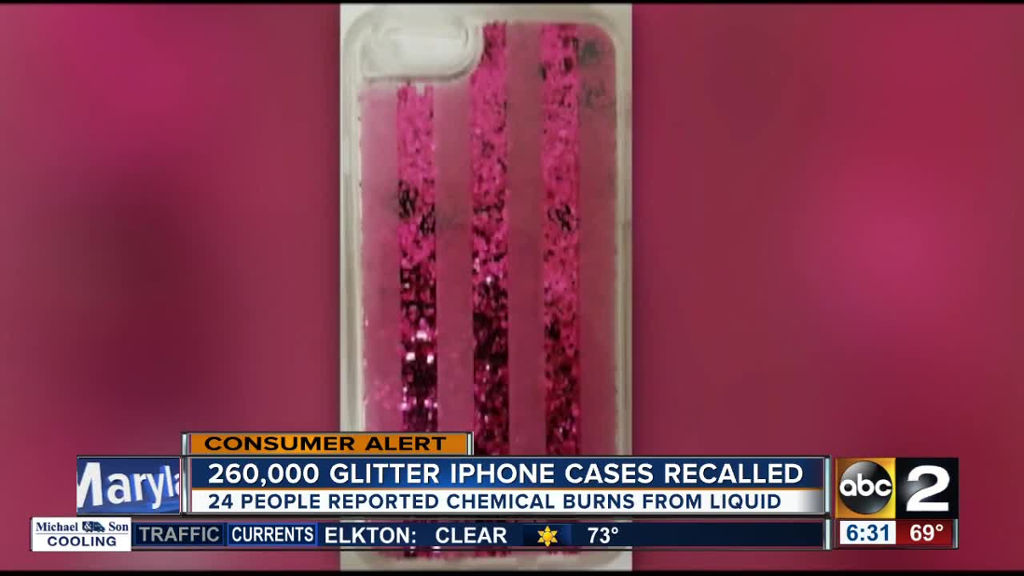Study found serious side effects often arose after medications OK’d for sale
WEDNESDAY, May 10, 2017 (HealthDay News) — Safety problems emerge with nearly one in three prescription drugs after they’ve been approved by the U.S. Food and Drug Administration, a new study reveals.
Researchers examined data on drugs approved by the FDA between 2001 and 2010, with follow-up through 2017. The investigators found that 32 percent of the drugs had safety issues after approval.
“That is very rarely a drug withdrawal, but more commonly a black-box warning or drug safety communication issued by the FDA to let physicians and patients know that new safety information has been determined,” said study leader Dr. Joseph Ross. He is an associate professor of medicine and public health at Yale University.
Of 222 drugs approved by the agency during the study period, three were withdrawn, 61 received boxed warnings and 59 prompted safety communications, the findings showed.
Drugs most likely to have post-approval safety concerns included biologics, psychiatric drugs and medicines approved through the FDA’s accelerated approval process.
“It shows that there is the potential for compromising patient safety when drug evaluation is persistently sped up,” Ross said in a university news release.
At the very least, the study should inform the ongoing debate about pre-market drug evaluation, the researchers suggested.
To assess experimental drugs for safety and effectiveness, the FDA relies on pre-market drug testing and clinical trials. Most of the trials involve fewer than 1,000 patients studied over a period of six months or less. This makes it hard to detect safety issues that might surface once more patients use the drug over a longer time period, the researchers explained.
According to study author Dr. Nicholas Downing, from the department of medicine at Brigham and Women’s Hospital, in Boston, “The fact that so many new safety risks are being identified after FDA approval indicates that the FDA is taking its responsibility of ensuring the safety of new drugs throughout their lifetime seriously.”
However, “these safety risks emerge, on average, four years after approval. This means that many patients are exposed to these medications before the risks become clear,” Downing added in a hospital news release.
Some of those risks included serious skin reactions, liver damage, cancer and even death, the Associated Press reported.
The findings were published May 9 in the Journal of the American Medical Association.












































